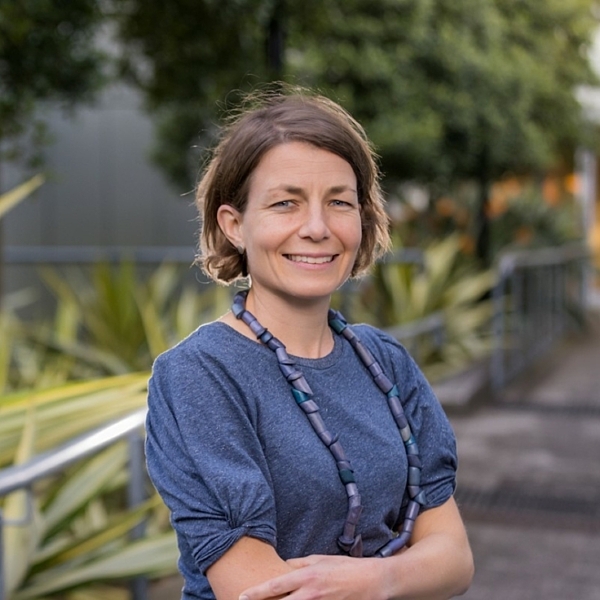Cameron Hicks
Research Assistant

Current Appointments
Senior Research ScientistKey Research Areas
Jasmine has a background in exercise science (University of Nantes, France & University of Bath, UK) and a PhD in applied physiology/biomechanics from the University of New South Wales (2008). She is Lead of Cognition and Mobility Studies for the NeuRA Falls, Balance & Injury Research Centre.
Her research in ageing and clinical groups with balance impairments combines mechanistic work, longitudinal studies and randomised controlled trials to investigate the control of balance and gait, identify risk factors for falls and mobility decline and develop interventions to improve health outcomes.
Jasmine is the Communication Manager of the Australia New-Zealand Fall Prevention Society where she sits on the Executive Board. She is also a member of the Scientific Committee of the International Society for Posture & Gait. She is currently co-leading the update of the Australian Best Practice Guidelines for Fall Prevention in Older People.
2024 Apr
Cognitive and physical declines and falls in older people with and without mild cognitive impairment: a 7-year longitudinal study
View full journal-article on https://doi.org/10.1017/S1041610223000315
2023, 05 Dec
Prefrontal and Motor Planning Cortical Activity during Stepping Tasks Is Related to Task Complexity but Not Concern about Falling in Older People: A fNIRS Study
View full journal-article on https://doi.org/10.3390/brainsci13121675
2023 Oct
Combined Reactive and Volitional Step Training Improves Balance Recovery and Stepping Reaction Time in People With Parkinson’s Disease: A Randomised Controlled Trial
View full journal-article on https://doi.org/10.1177/15459683231206743
2023, 02 Jun
Risk Factors for Falls and Fall-Related Fractures in Community-Living Older People with Pain: A Prospective Cohort Study.
View full journal-article on https://europepmc.org/articles/PMC10252250
2022 Nov
Visuospatial working memory and obstacle crossing in young and older people
View full journal-article on https://doi.org/10.1007/s00221-022-06458-9
2022, 26 Sep
Quality Output Checklist and Content Assessment (QuOCCA): a new tool for assessing research quality and reproducibility.
View full journal-article on https://europepmc.org/articles/PMC9516158
2022, 01 Sep
World guidelines for falls prevention and management for older adults: a global initiative.
View full journal-article on https://europepmc.org/articles/PMC9523684
2022, 30 May
Risk factors for falls in community-dwelling older people with mild cognitive impairment: a prospective one-year study.
View full journal-article on https://europepmc.org/articles/PMC9161814
2022
Corrigendum to “Evidence of slow and variable choice-stepping reaction time in cancer survivors with chemotherapy-induced peripheral neuropathy” [Gait Posture 89 (2021) 178–185](S0966636221002514)(10.1016/j.gaitpost.2021.07.010)
View full journal-article on http://www.scopus.com/inward/record.url?eid=2-s2.0-85122517715&partnerID=MN8TOARS
2021, 30 Oct
Cortical activation during gait adaptability in people with Parkinson's disease.
View full journal-article on https://doi.org/10.1016/j.gaitpost.2021.10.038
Every dollar of community support enables our scientists to continue making life-changing discoveries that contribute to a brighter and healthier future.
Run, swim or bake your way to making a positive difference in the lives of people touched by brain and nervous system disorders.
Stay informed about our latest research breakthroughs, scientific discoveries and the incredible minds behind them – subscribe today.
Redevelopment of the NeuRA website has been made possible by the generous support of Conexus Financial.
Neuroscience Research Australia respectfully acknowledges the Bidjigal and Gadigal peoples of the Eora Nation as the Traditional Owners of the Land on which we stand and pay our respects to Elders past, present and future.